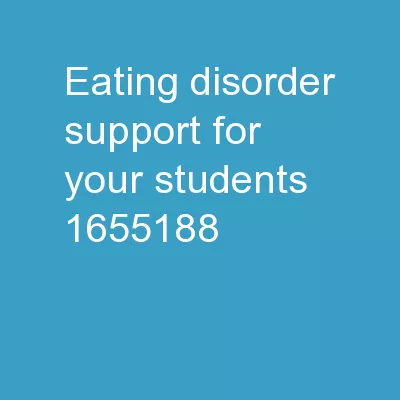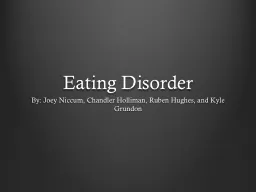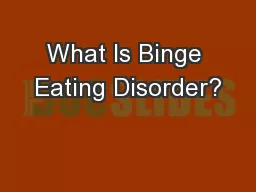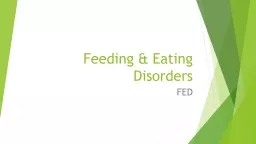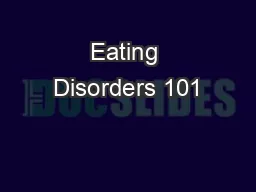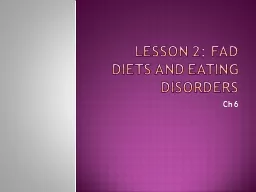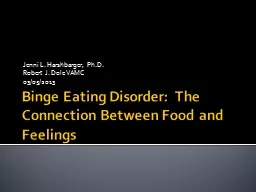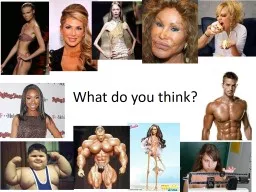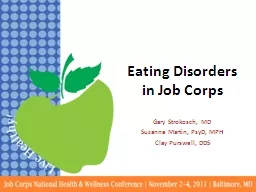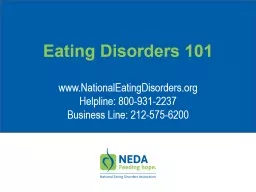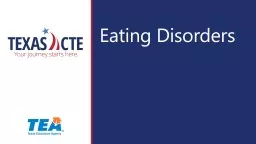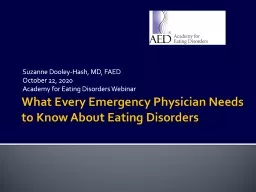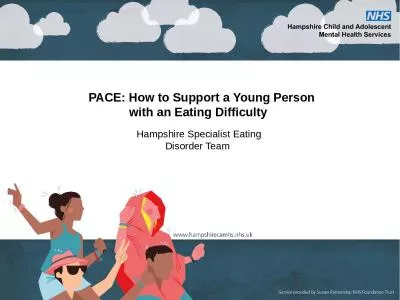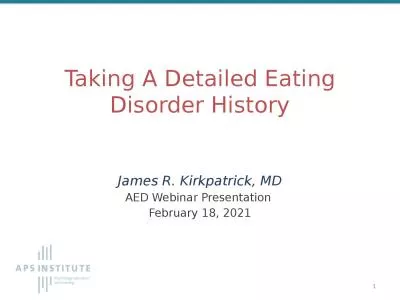PPT-Eating Disorder Support for Your Students
Author : natalia-silvester | Published Date : 2019-02-03
Types of Eating Disorders Anorexia Nervosa intense fear of gaining weight may purge or restrict to keep weight off Bulimia Nervosa eating a large amount of food
Presentation Embed Code
Download Presentation
Download Presentation The PPT/PDF document "Eating Disorder Support for Your Student..." is the property of its rightful owner. Permission is granted to download and print the materials on this website for personal, non-commercial use only, and to display it on your personal computer provided you do not modify the materials and that you retain all copyright notices contained in the materials. By downloading content from our website, you accept the terms of this agreement.
Eating Disorder Support for Your Students: Transcript
Download Rules Of Document
"Eating Disorder Support for Your Students"The content belongs to its owner. You may download and print it for personal use, without modification, and keep all copyright notices. By downloading, you agree to these terms.
Related Documents

